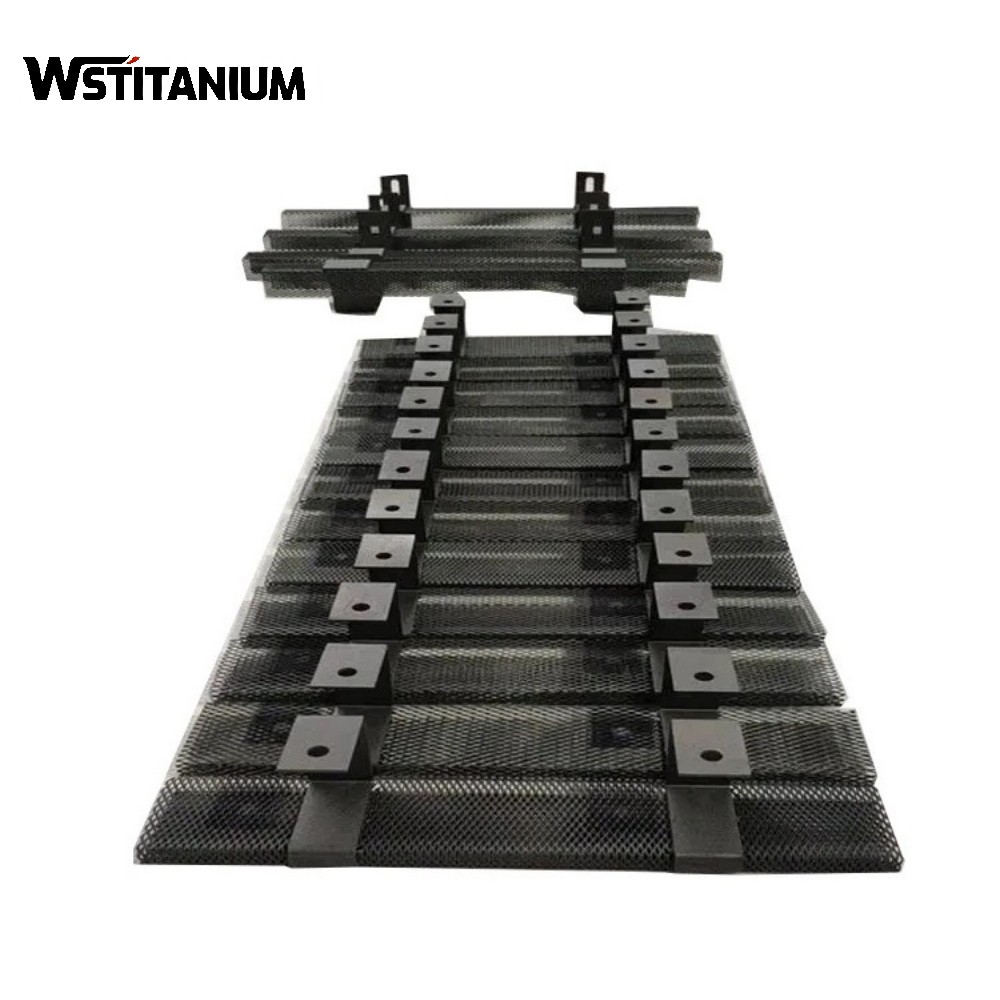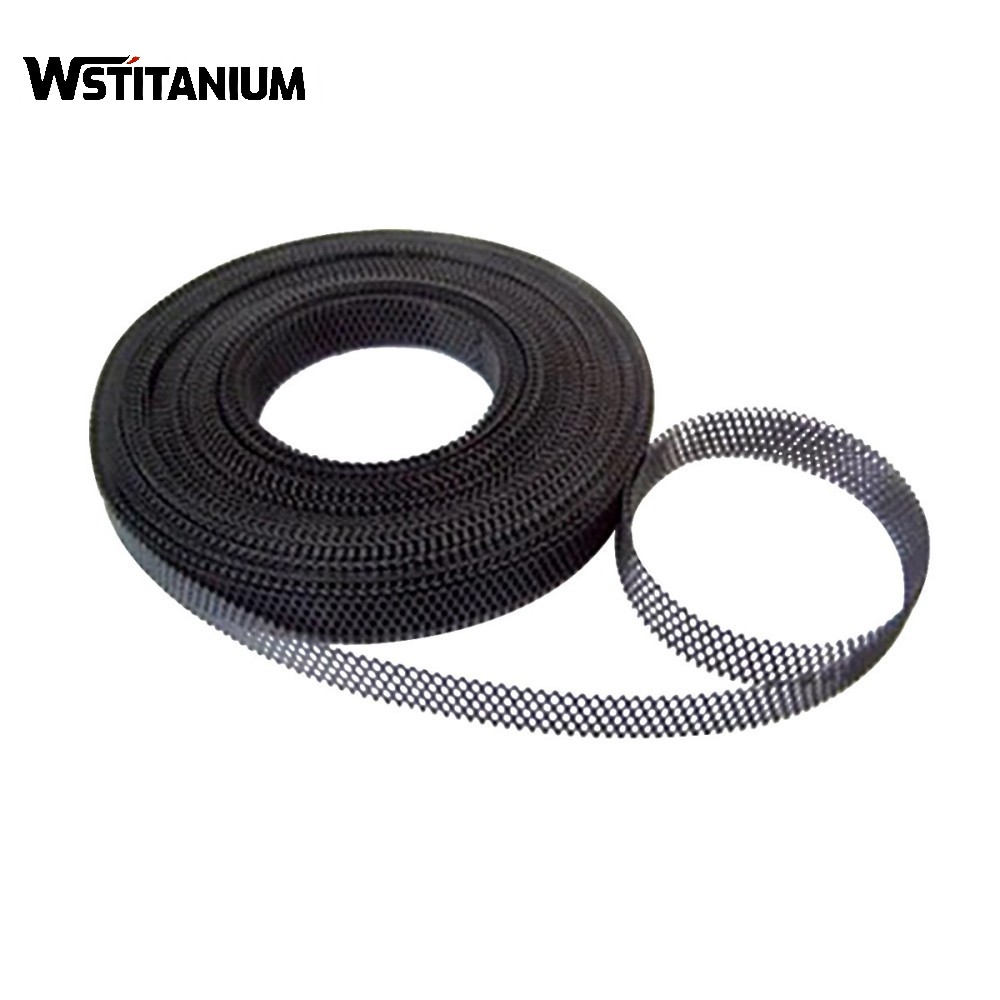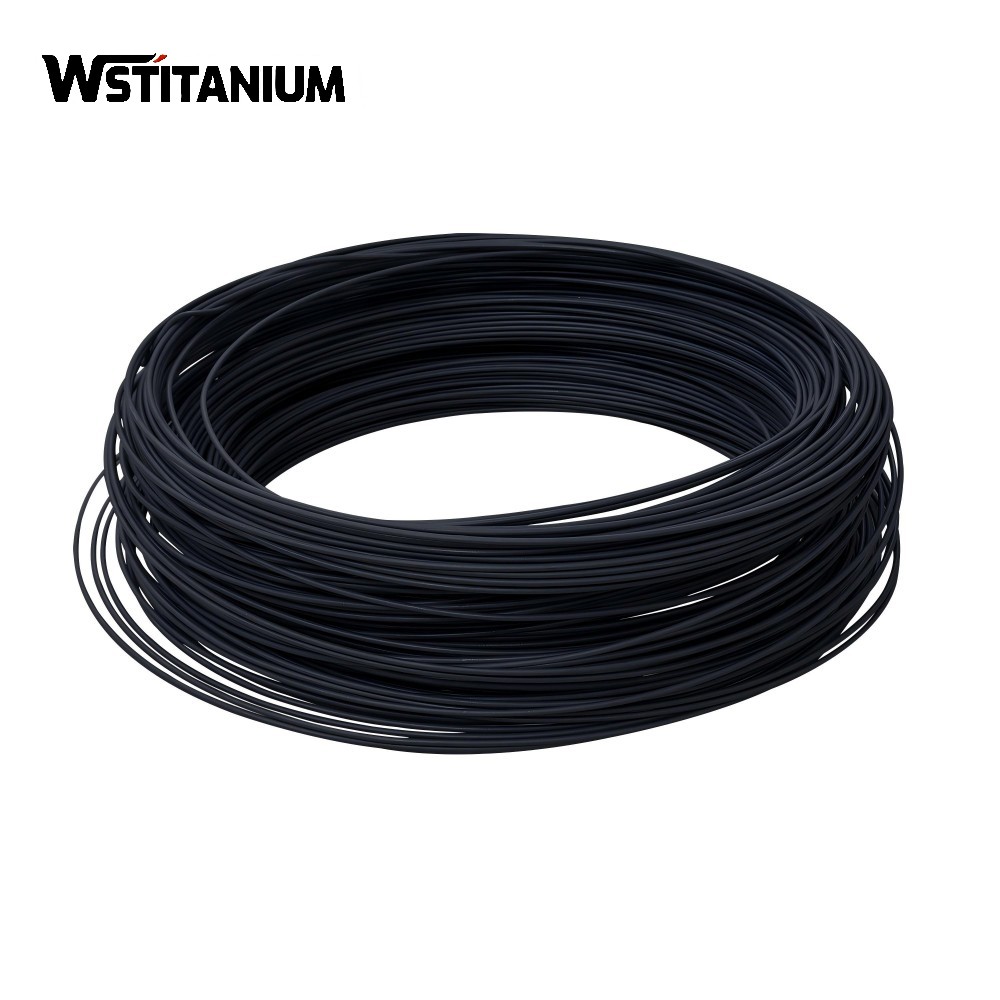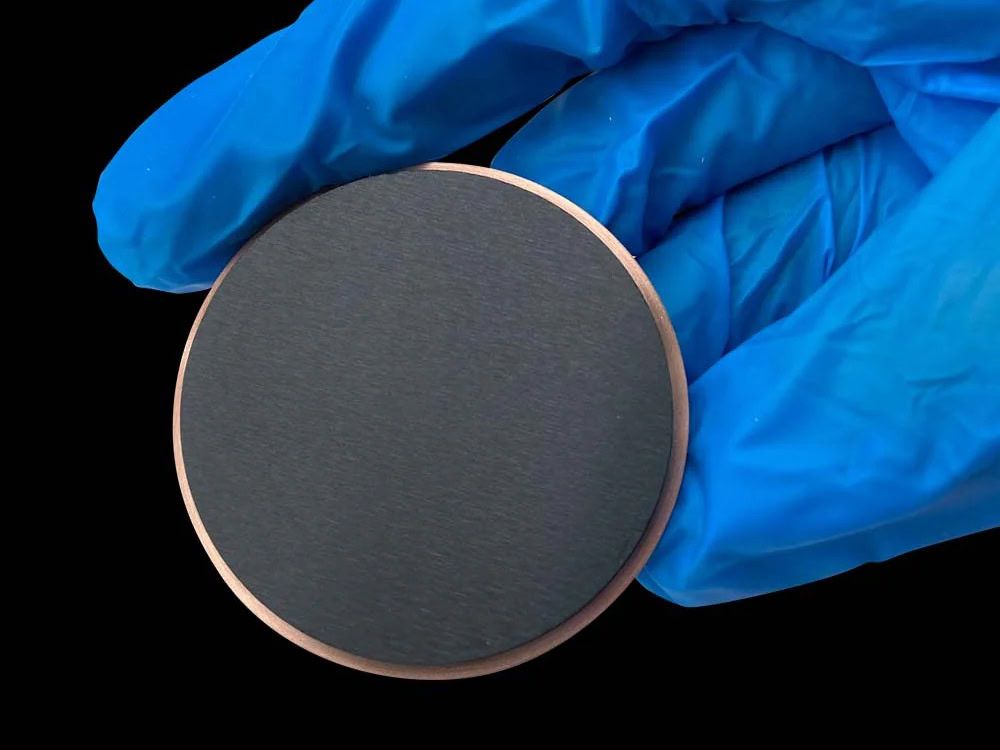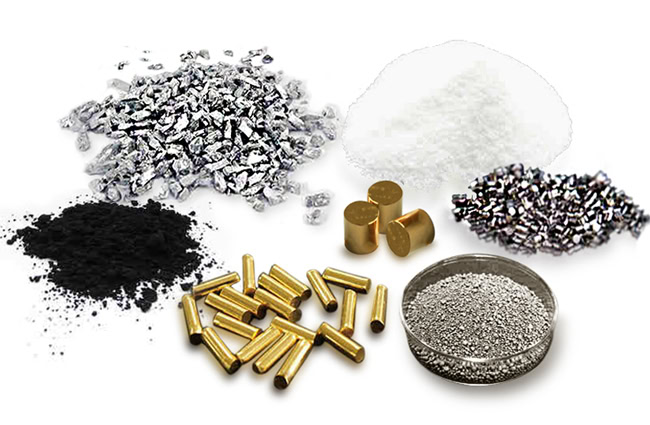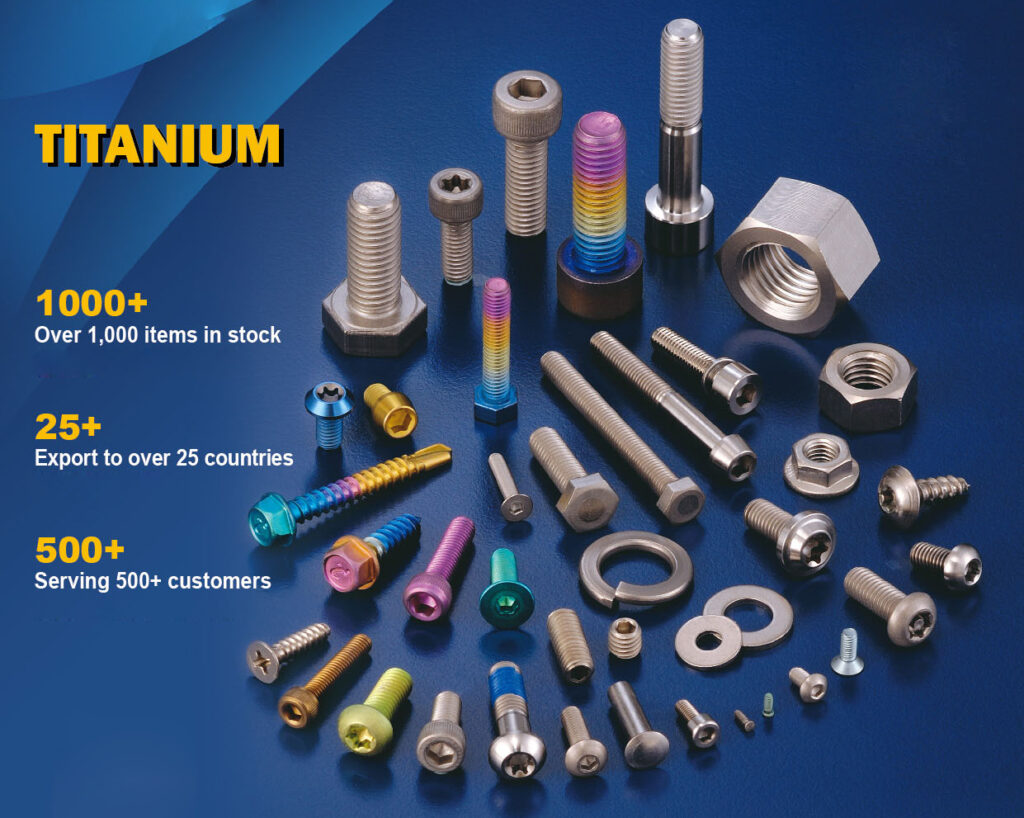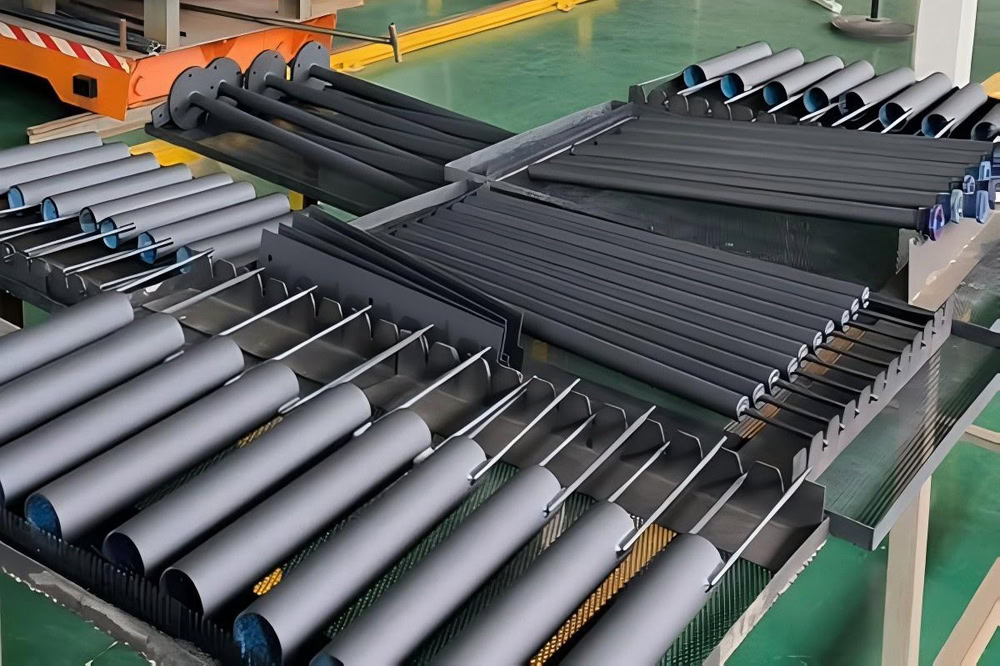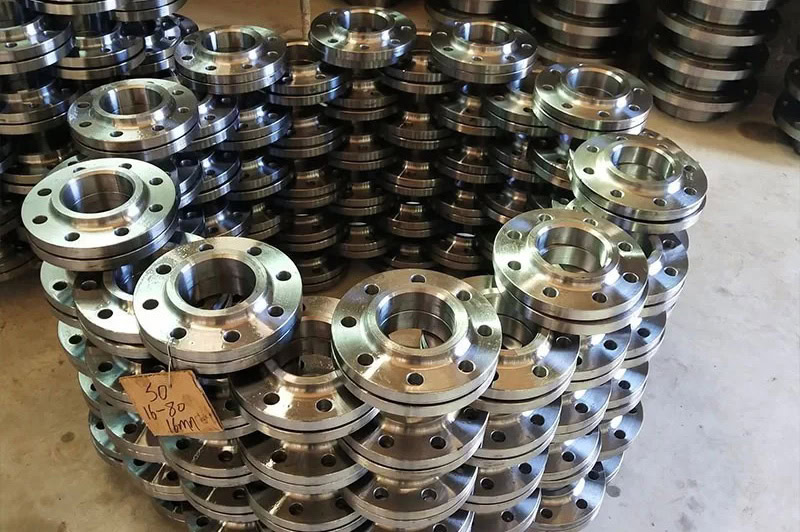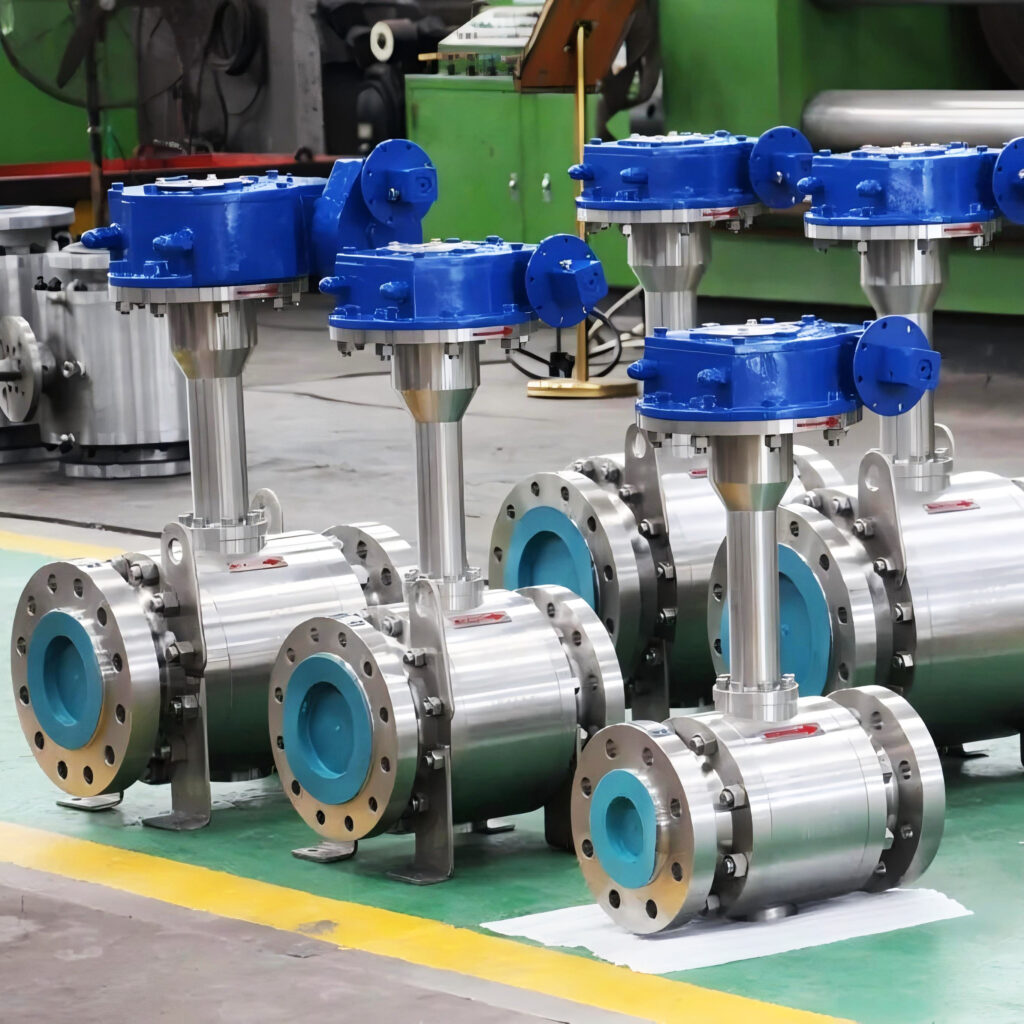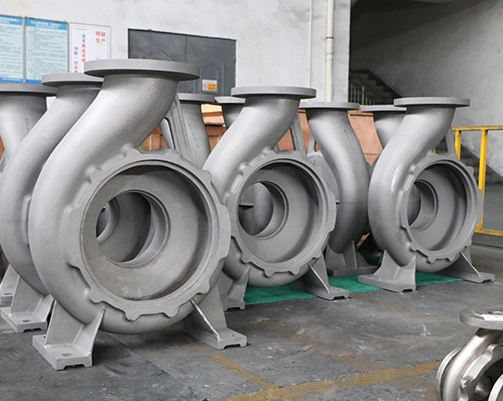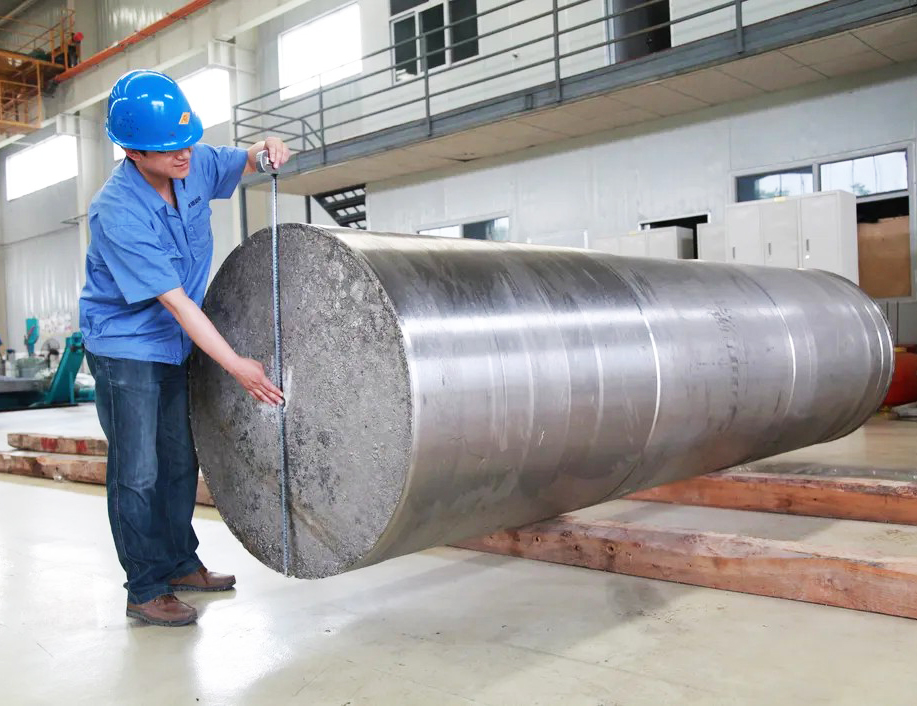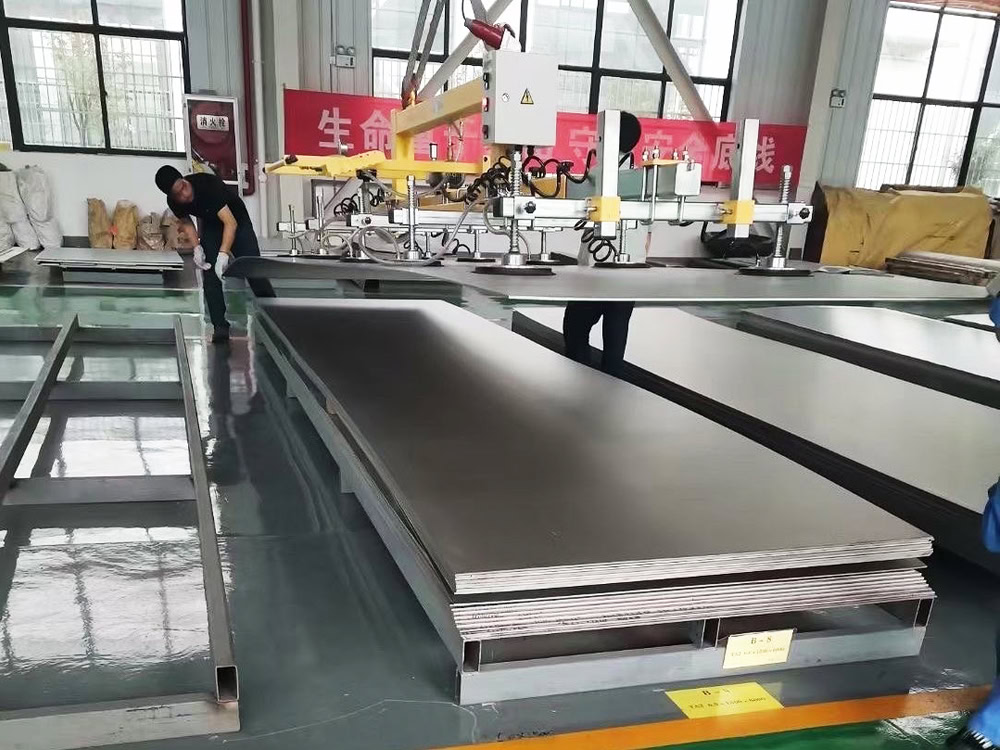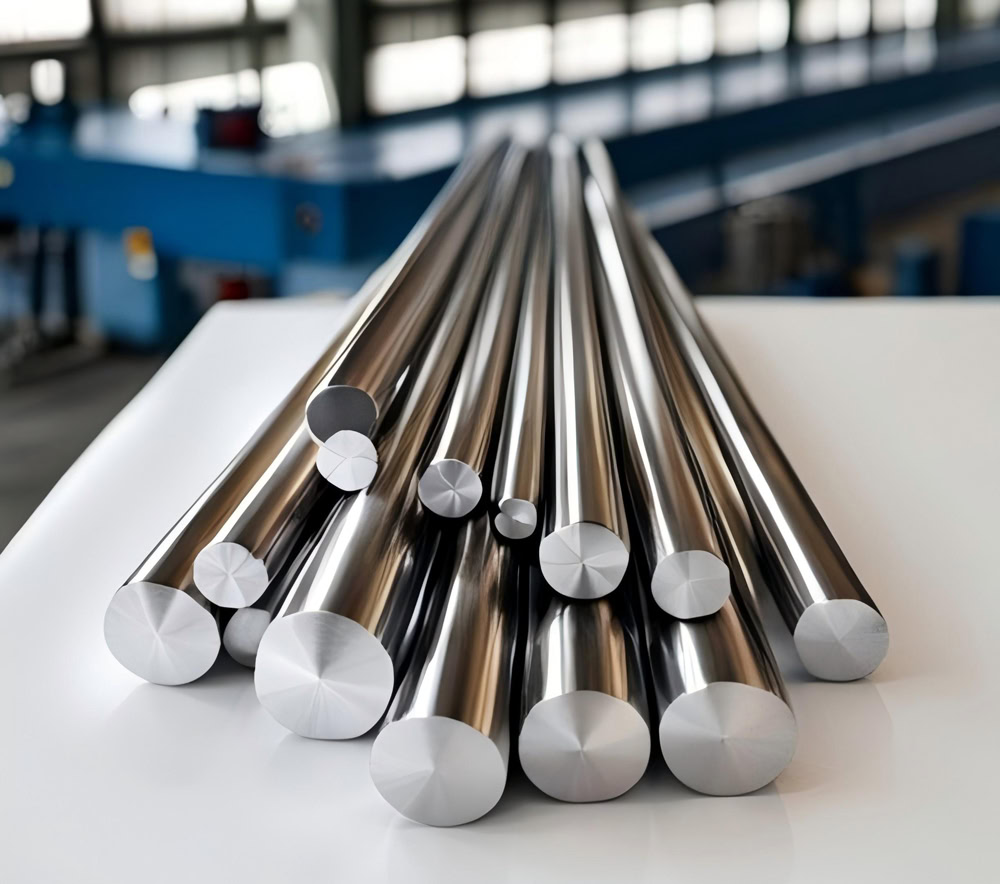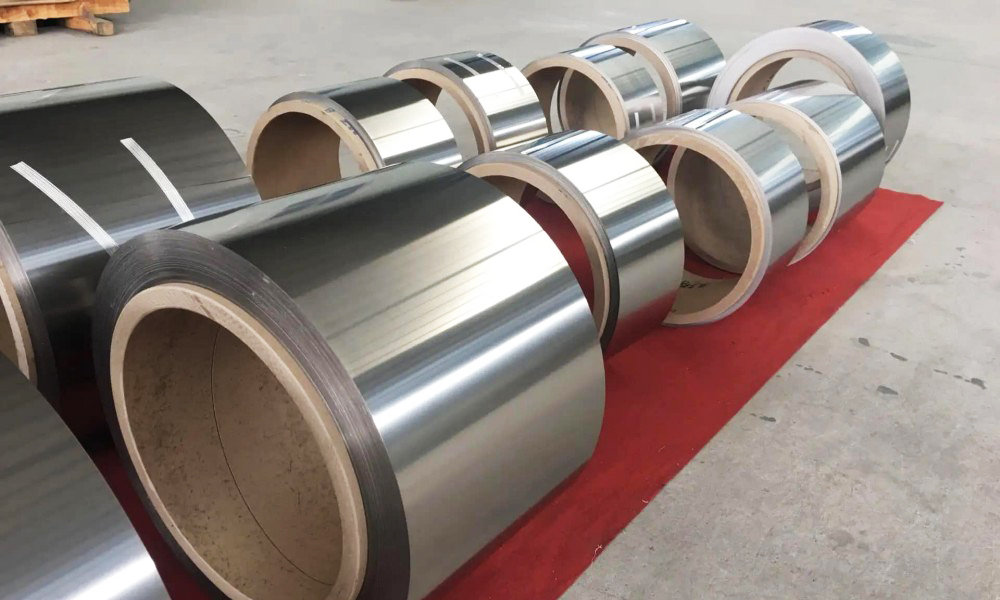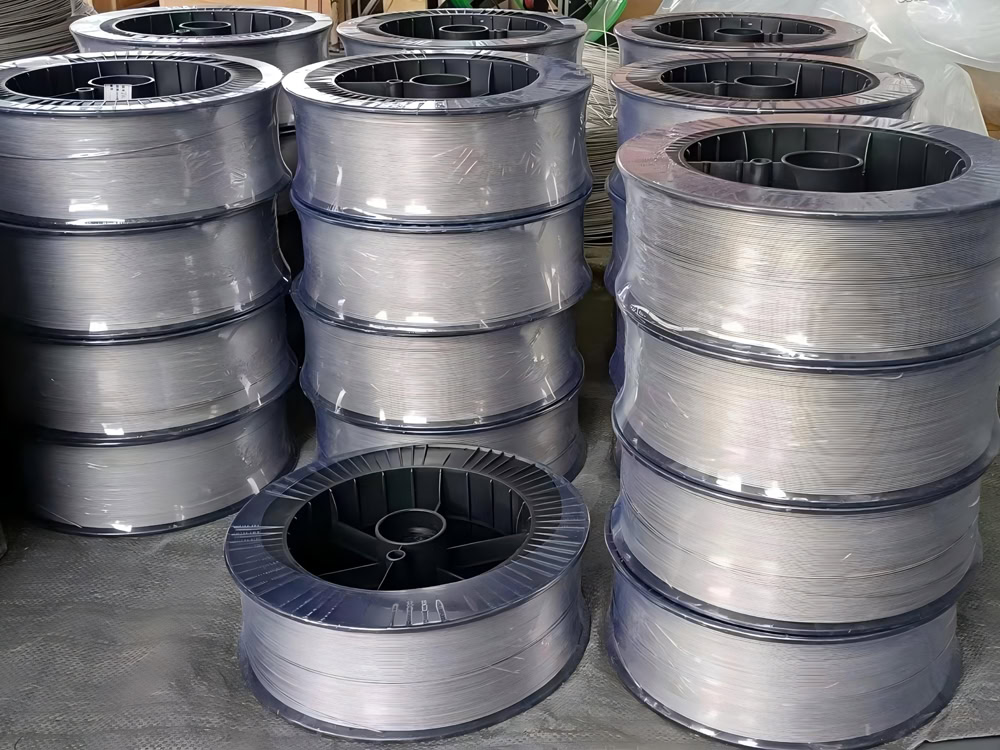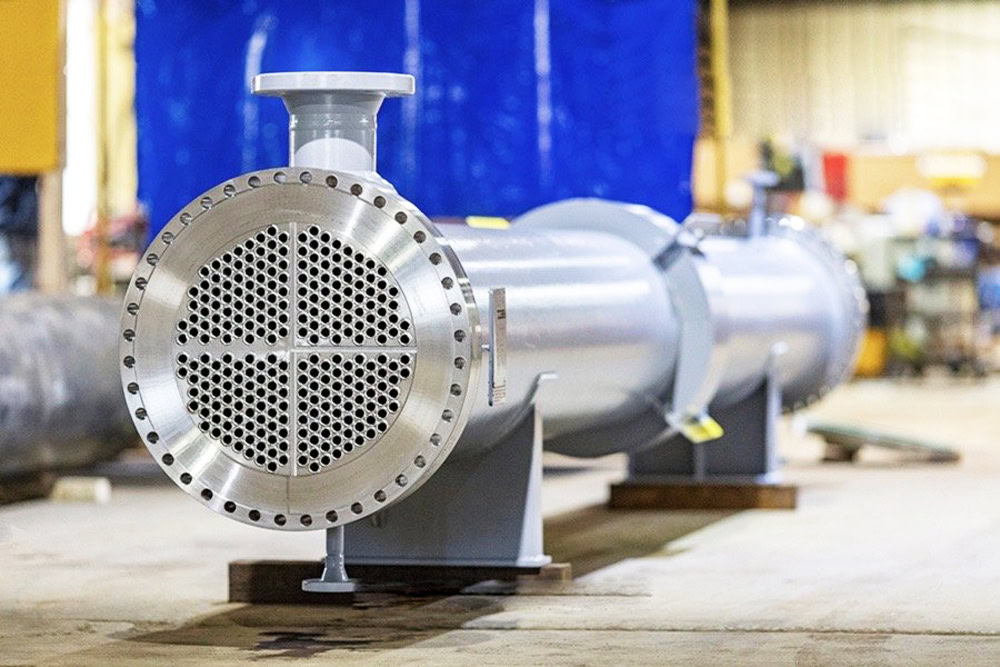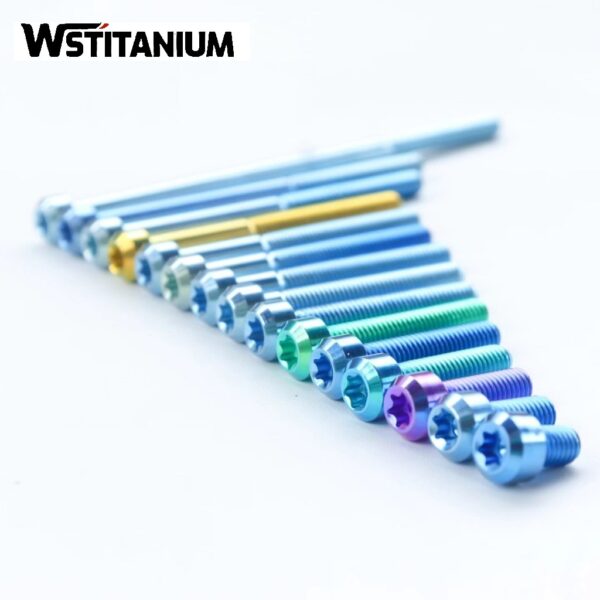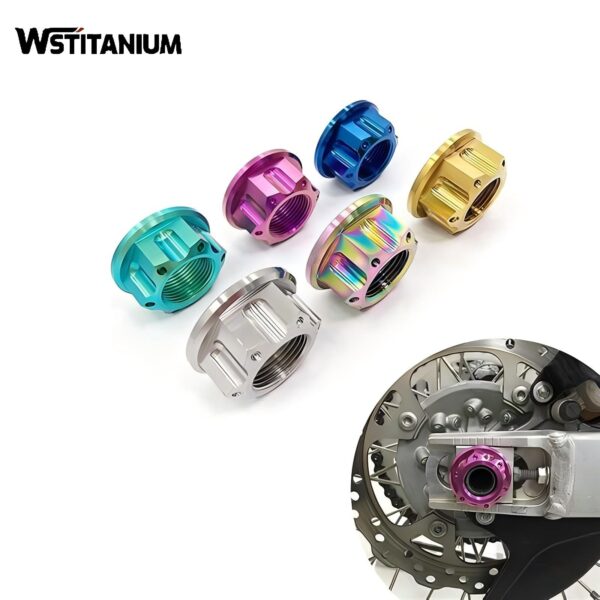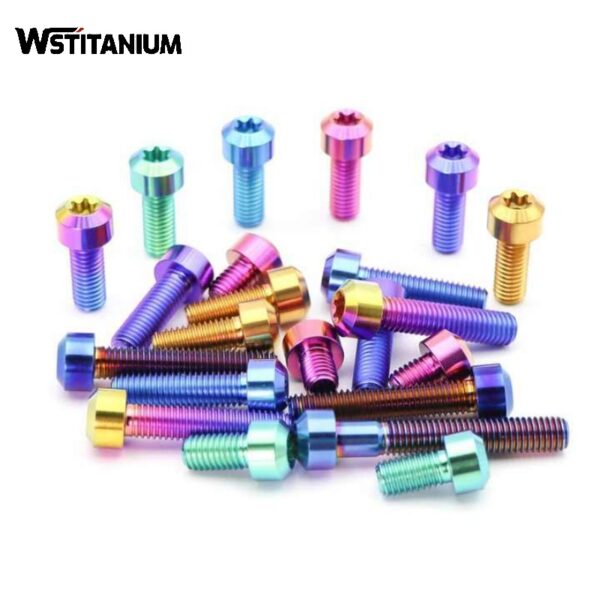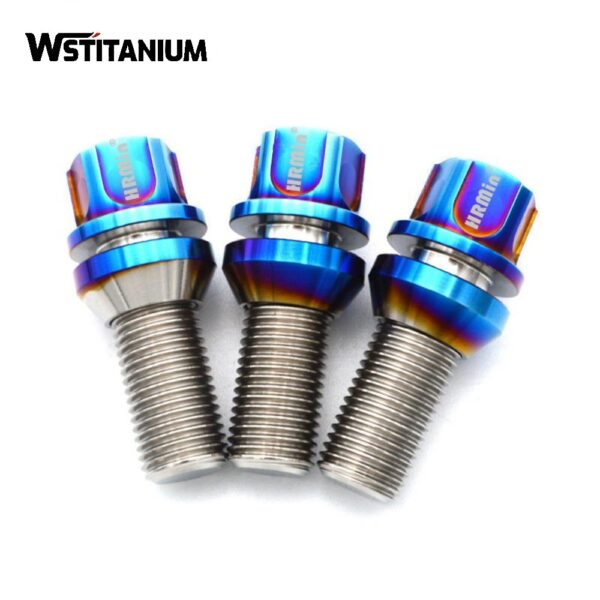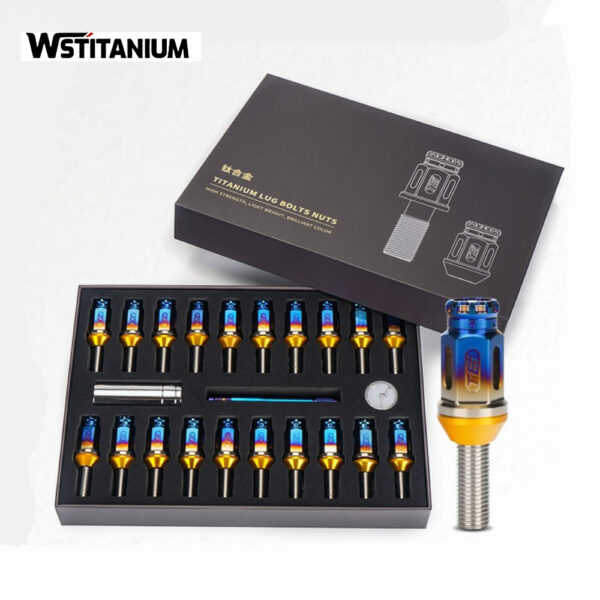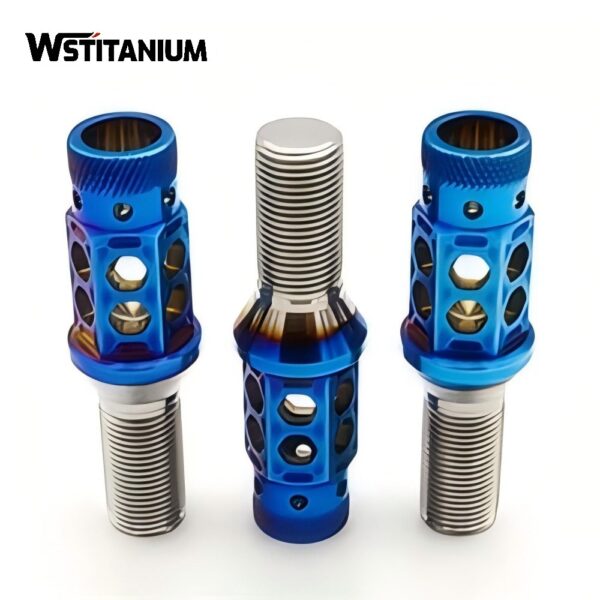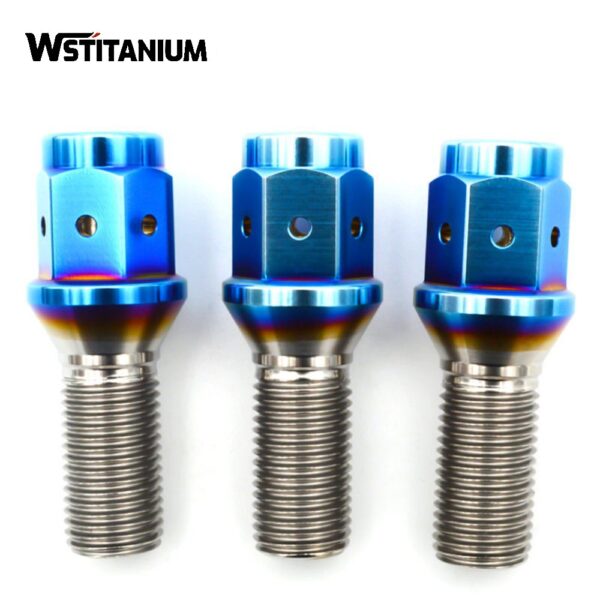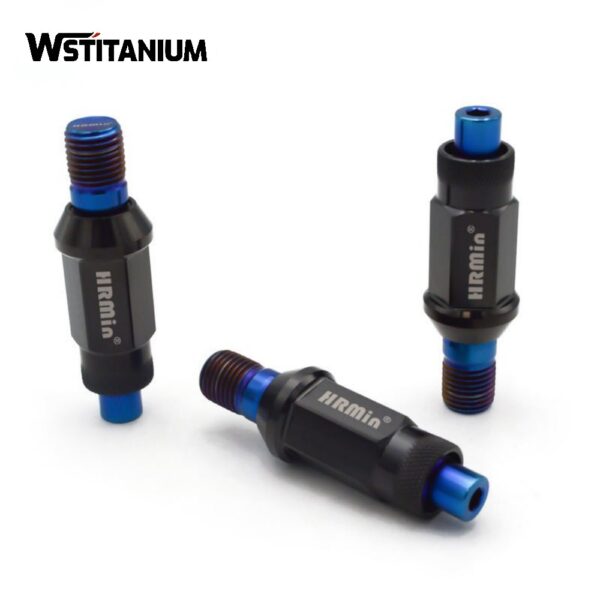MMO Titanium Anode For Cathodic Protection
Certified: CE & SGS & ROHS
Shape: Requested
Diameter: Customized
Drawings: STEP, IGS , X_T, PDF
Shipping: DHL, Fedex, or UPS & Ocean Freight

20+ YEARS EXPERIENCE SENIOR BUSINESS MANAGER
Ask Michin For What You Want?
Metal corrosion is a core issue leading to material loss and structural failure, particularly in the petroleum, chemical, and marine engineering sectors. Cathodic protection technology, a key means of inhibiting metal corrosion, uses electrochemical principles to transform the protected metal structure into a cathode, fundamentally blocking the corrosion reaction. It has been widely used in various metal corrosion protection scenarios.
Mixed metal oxide titanium anodes (MMO titanium anodes), also known as dimensionally stable anodes (DSAs), are impressed current anode materials composed of an industrially pure titanium substrate coated with a rare earth mixed metal oxide coating. With their extremely low consumption rate, excellent electrochemical stability, and flexible structural design, they are gradually replacing traditional anode materials such as graphite and high-silicon cast iron, becoming a core component in cathodic protection systems.
| Technical Measurement | Performance |
| Coating Element | Iridium Oxide (IrO₂), Ruthenium Oxide (RuO₂),Platinum |
| Substrate Material | Titanium Gr1 or Gr2 |
| Titanium Anode Shape | Customized Plate/Mesh/Tube/Rod/Wire/Disc |
| Coating Thickness | 8~20 μm |
| Coating Uniformity | 90% min. |
| Current Density | ≤ 20000 A/m² |
| Operating Voltage | ≤ 24V |
| PH Range | 1~14 |
| Temperature | < 80 °C |
| Fluoride Ion Content | < 50 mg/L |
| Warranty | More than 5 years |
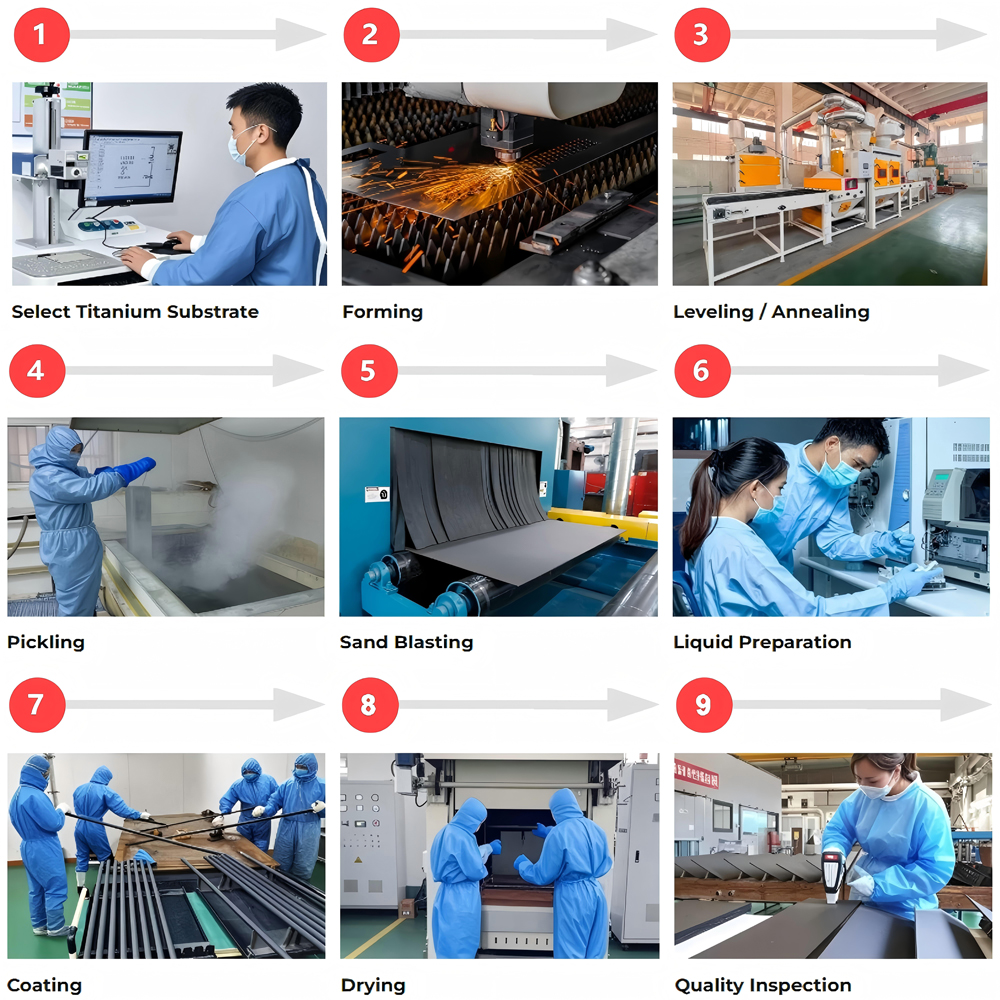
Cathodic Protection Applications
Cathode protection technology can be categorized into sacrificial anodes and impressed current anodes. MMO titanium anodes primarily serve impressed current cathodic protection systems.
Buried facilities: Buried metal structures such as long-distance oil and gas pipelines, urban underground pipe networks, and cable sheaths are exposed to soil electrolytes for extended periods and are susceptible to electrochemical corrosion. MMO titanium anodes effectively cope with varying soil resistivity conditions, and are particularly stable in complex geological environments such as clay and sand.
Marine engineering: Offshore oil platform legs, jackets, subsea pipelines, and ship hulls face multiple corrosion challenges from high seawater salinity, high fluidity, and marine biofouling. MMO titanium anodes withstand the intense corrosiveness of seawater and maintain long-term performance even at high current densities.
Industrial storage tanks and vessels: Crude oil storage tanks, chemical reactors, fire water tanks, and other equipment have interior walls exposed to corrosive media and exterior walls exposed to the atmosphere or soil. MMO mesh or strip anodes provide comprehensive protection, minimizing the risk of localized corrosion and leakage.
Concrete structure corrosion protection: Reinforced concrete structures such as bridge piers, nuclear power plant concrete foundations, and underground pipeline corridors are primarily susceptible to corrosion caused by chloride ion penetration. MMO mesh anodes bond tightly to the concrete, providing uniform current distribution and slowing the progression of rebar corrosion.
Working Principle of MMO Titanium Anodes
The operating mechanism of MMO titanium anodes is based on electrochemical polarization theory, achieving protection through a closed loop of “current supply – cathodic polarization – corrosion inhibition.”
System Configuration: An impressed current cathodic protection system consists of an MMO titanium anode, a DC power supply, a reference electrode, and the protected structure, forming a closed circuit. The titanium anode, serving as the “current output terminal,” is connected to the positive terminal of the DC power supply, while the protected metal structure is connected to the negative terminal. The reference electrode monitors potential changes.
Reaction: Under the influence of the DC power supply, the MMO coating catalyzes oxidation reactions in the medium. Depending on the medium, either the oxygen evolution reaction (e.g., in soil and freshwater environments: 2H₂O → O₂ + 4H⁺ + 4e⁻) or the chlorine evolution reaction (e.g., in seawater: 2Cl⁻ → Cl₂ + 2e⁻) occurs, releasing electrons to generate the anodic current. Components such as IrO₂/Ta₂O₅ in the MMO coating reduce the reaction overpotential and energy consumption. Cathodic Polarization: The anodic current flows through the electrolyte medium (soil, seawater, concrete pore fluid, etc.) to the protected metal, causing it to acquire excess electrons and shift the electrode potential negatively (cathodic polarization). When the potential of the protected material drops to a range where corrosion is difficult to occur (typically ≤ -0.85V vs. Cu/CuSO₄), oxidation and dissolution reactions on the metal surface are suppressed.
Intelligent Regulation: A reference electrode monitors the protected material potential in real time, and the control system automatically adjusts the DC power supply output to ensure that the potential remains within a safe range, avoiding the risk of coating delamination or hydrogen embrittlement caused by overprotection.
Synergy: The titanium substrate offers excellent mechanical strength and corrosion resistance, and after surface etching, it forms a strong bond with the coating. The mixed metal oxide coating provides high conductivity and catalytic activity. Together, these two enable the anode to operate stably within a current density range of 100-600A/m².
MMO Titanium Anode Types
MMO titanium anodes can be divided into the following main types based on their structural form and application scenarios. Each type of anode is adapted to different environments through differentiated coating formulations and structural designs.
Rod anodes: Utilizing an ASTM B338 Grade I standard industrial pure titanium substrate, with diameters ranging from 6 to 32 mm and customizable lengths exceeding 1500 mm, the rod anodes primarily utilize an Ir-Ti coating system. They are suitable for medium-to-low corrosive environments such as soil and freshwater. For tank bottom and ship protection, multiple rods are often combined to form anode stacks to provide uniform current distribution.
Tubular anodes: The most widely used type in cathodic protection, with outer diameters ranging from 16 to 32 mm and individual lengths ranging from 500 to 1220 mm, they can be connected in series to form deep-well anode strings for use in deep soil environments. Cable connections are sealed with epoxy resin and protected with heat shrink tubing, providing resistance to groundwater corrosion. In seawater environments, an Ir-Ti-Ru coating with Ru added enhances corrosion resistance.
Strip anodes: Widths range from 6.35-25mm, thicknesses range from 0.635-1.2mm, and standard roll lengths range from 152-1000 meters. Micron-scale grooves are etched on the surface, increasing the specific surface area three times that of conventional anodes. A built-in composite conductive core achieves conductivity three times that of pure titanium, making it suitable for radial protection of tank floors and long-distance power transmission. Contact resistance can be reduced to below 0.001Ω.
Mesh anodes: Primarily used for concrete structures and tank lining protection, mesh sizes range from 2.5×4.6mm to 34×76mm, thicknesses range from 1.2-2.0mm, and a design life of up to 100 years. The coating complies with NACE TM0294 and is certified by CC Technologies/DNV, ensuring a tight bond with the concrete substrate and uniform current distribution.
Flexible anodes: Made from a composite of MMO-coated titanium ribbon and a conductive polymer, they combine flexibility with high conductivity. They can conform to irregular surfaces and are suitable for protecting complex components such as special-shaped tanks and valves.
Wire anodes: Available in diameters of 1.0-3.0 mm, they can be made into pre-packaged anode assemblies for tank bottoms and underground ship protection. A 3.0 mm diameter wire anode maintains a stable current output of 41 mA/m over its 50-year design life, offering easy installation and manageable costs.
Disc anodes: These are typically circular or rectangular in structure, encased in a fiber-reinforced plastic bag, with a dedicated protective box at the cable connection. They are primarily used for cathodic protection of mobile equipment such as ships and offshore buoys.
As a professional titanium anode manufacturer, Wstitanium offers anodes in rods, tubes, strips, and mesh. Custom sizes are available (e.g., tubular anodes with diameters ranging from 6-32mm and lengths ≤1500mm). MMO titanium anodes operate stably in acidic and alkaline media with a pH range of 0-14, in saline solutions with chloride ion concentrations greater than 10,000mg/L, and in temperatures ranging from -20°C to 80°C. For soil and freshwater environments, an IrO₂/Ta₂O₅ coating is used. For seawater environments, an IrO₂/RuO₂ composite coating is used, ensuring stable operation at current densities of 100-600A/m².
Related products
-
Titanium Fasteners
Anodized Titanium Screws
-
Titanium Fasteners
Titanium Fastener Hexagon Screw Nuts
-
Titanium Fasteners
Titanium Fasteners Manufacturer and Supplier
-
Titanium Fasteners
Titanium Hexagon Head Bolts
-
Titanium Fasteners
Custom Gr5 Titanium Fasteners
-
Titanium Fasteners
CNC Machining Titanium Fasteners
-
Titanium Fasteners
Colored Automotive Titanium Bolts
-
Titanium Fasteners
Colored Gr5 Manifold Titanium Bolts
